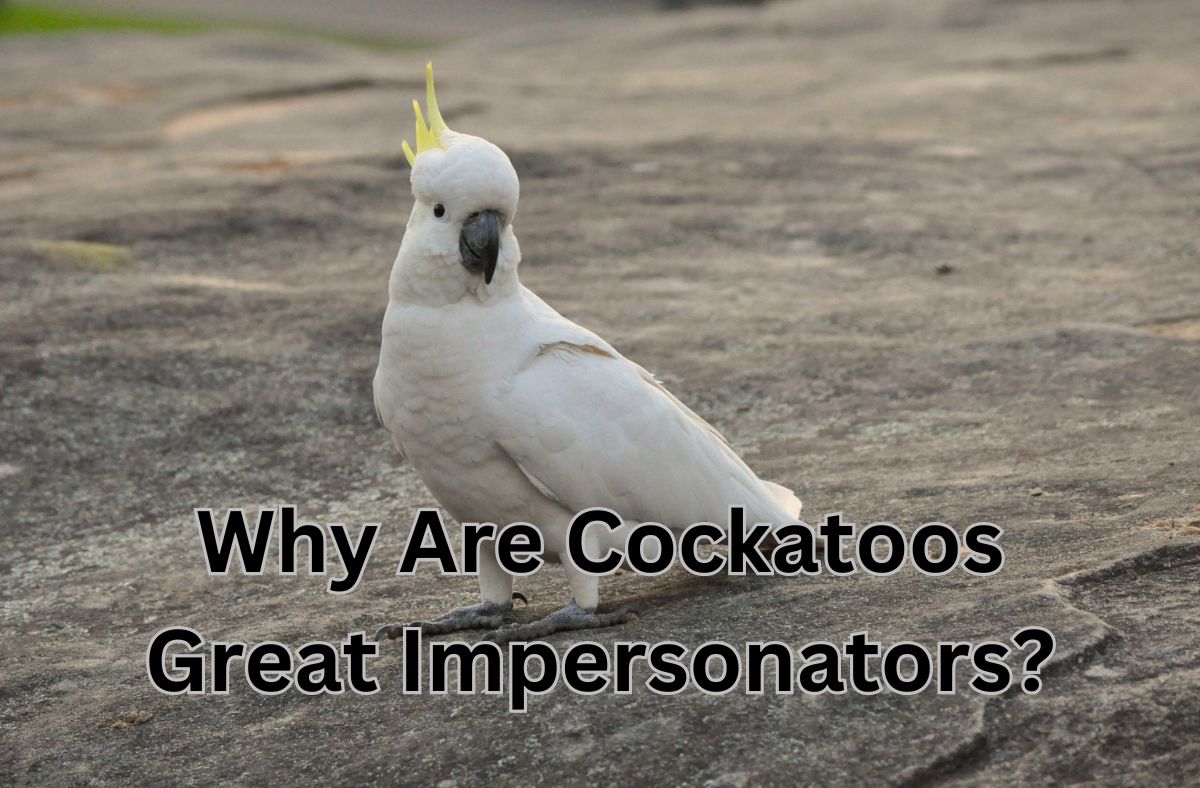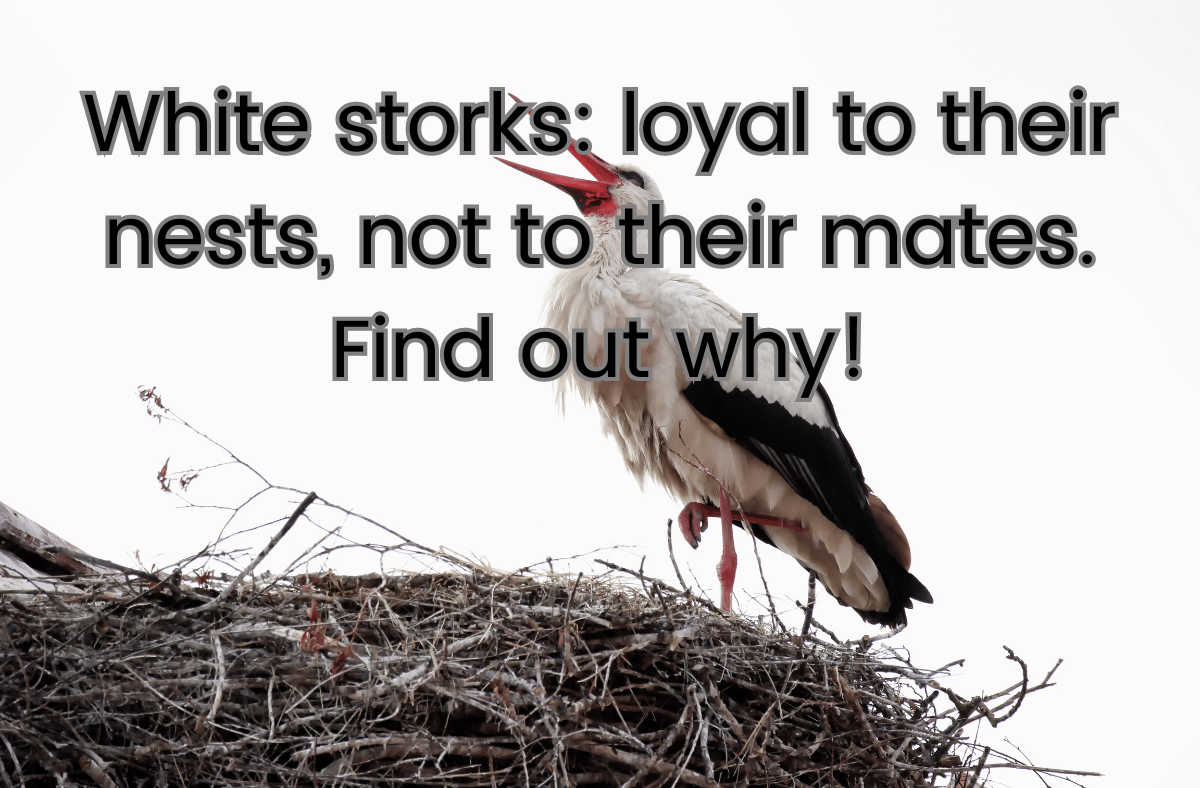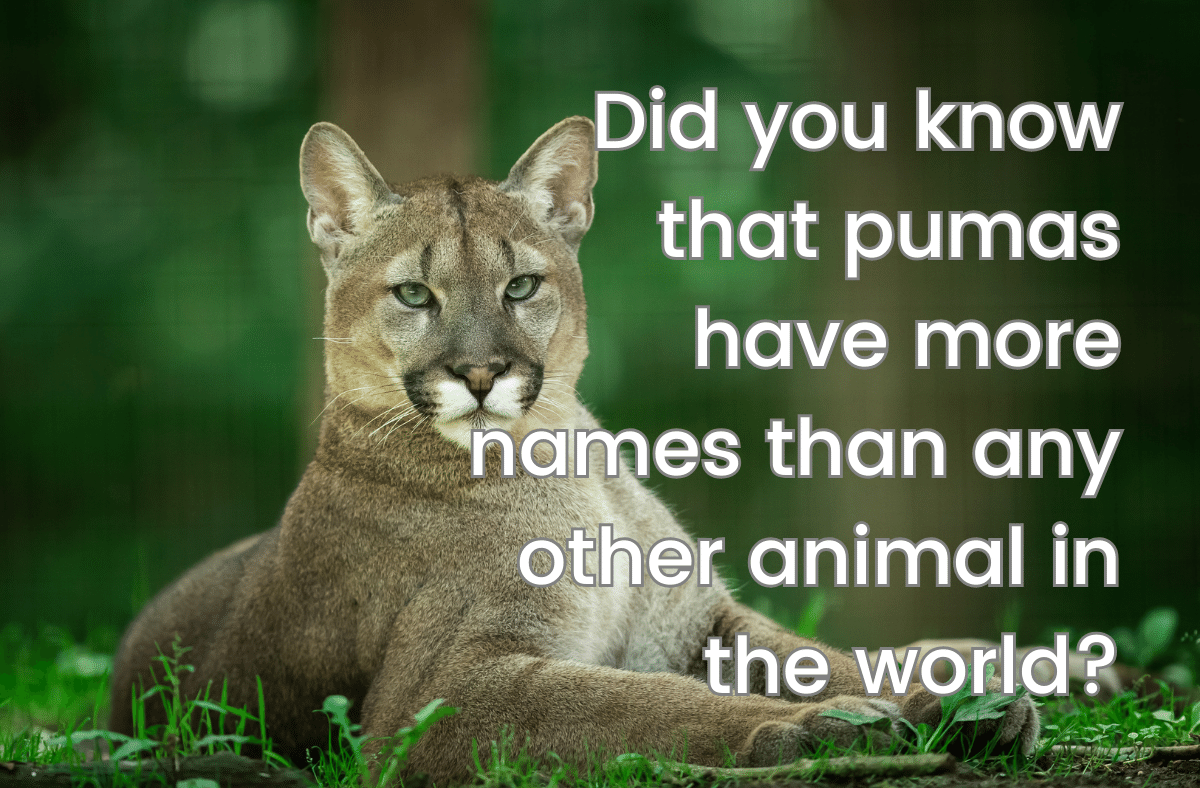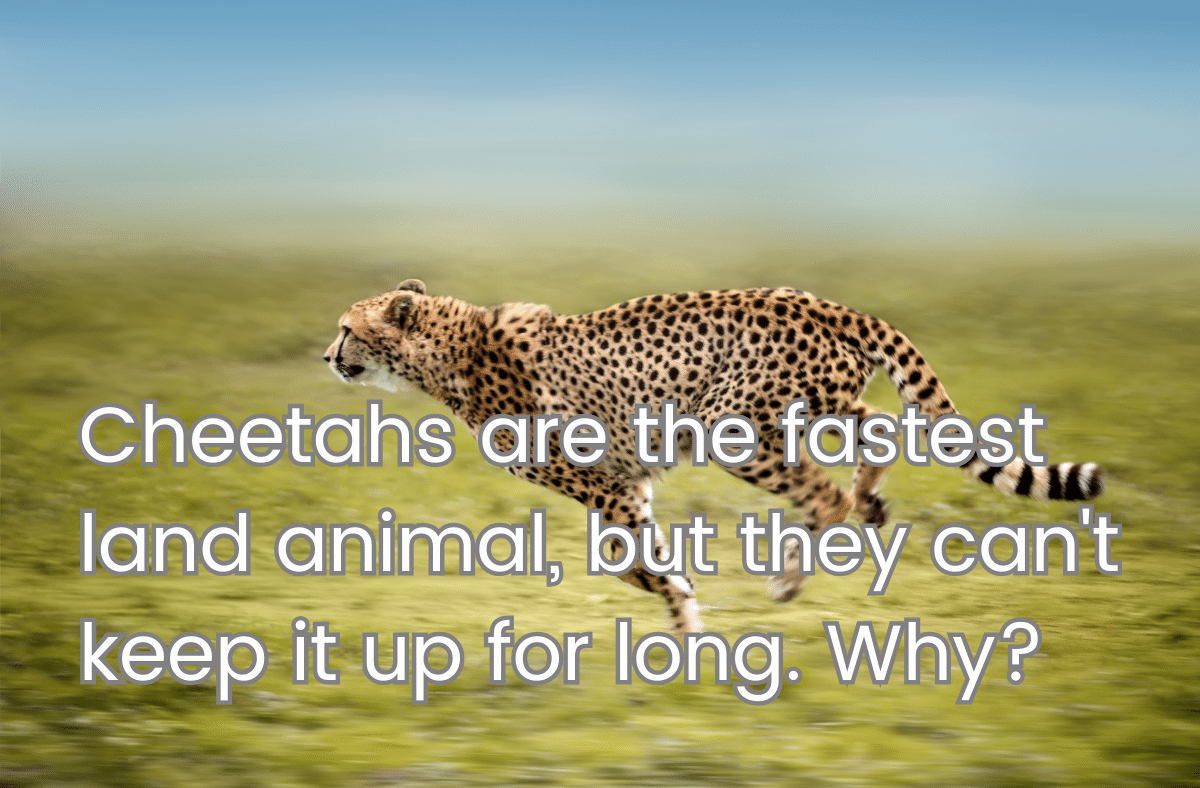For those in a hurry:
– Lions are large cats that live in Africa and India.
– They are the second-largest cat in the world, after tigers.
– They live in groups of 10 or 15 animals called prides.
– Male lions have manes and can roar up to 8 km away.
– Lions hunt mostly at night and eat up to 40 kg of meat in a single meal.
– Lions are endangered and face threats from habitat loss, poaching, and human-wildlife conflict.
The Definition and Structure of a Lion Pride
A lion pride consists of several related females, their offspring, and a few adult males. Typically, prides range from 10 to 40 members, with an average of about 15 individuals. Within the pride, each member has a distinct role to play.
The Benefits of Living in a Pride
Living in a pride offers numerous advantages for lions. By hunting cooperatively, they increase their chances of successfully capturing prey, which is essential for their survival. Additionally, prides provide a safe and secure environment for raising cubs, with multiple adults available to protect, nurture, and educate the young ones.
The Pride Hierarchy and Social Interactions
Prides have a hierarchical structure, with an alpha male and alpha female at the top. The alpha male’s primary responsibility is to defend the territory, while the alpha female leads the hunting efforts. Other lionesses in the pride also play vital roles in hunting and cub-rearing.
Lions: The Roar of Communication
Lions communicate with each other through a variety of vocalizations, most notably their powerful roars. Roaring serves multiple purposes, including marking territory, maintaining social bonds, and coordinating hunting strategies within the pride.
Challenges to Lions Pride Dynamics
While living in a pride offers numerous benefits, it also presents challenges. Rival male coalitions or single nomadic males may attempt to take over an existing pride, leading to fierce battles for dominance. These power struggles can disrupt the pride’s stability and result in changes to its composition.
Lions: The Pride’s Legacy
Lion prides exhibit a strong sense of kinship, as females often remain within their natal pride for life. This loyalty and familial bond contribute to the pride’s long-term survival and enable the passing down of valuable hunting and social skills from one generation to the next.
Conclusion:
The social structure of lion prides is a testament to the fascinating dynamics of these regal creatures. Their cooperative living, intricate hierarchies, and unique communication methods have contributed to their reputation as proud and majestic animals. By understanding the social nature of lions, we gain a deeper appreciation for their remarkable existence in the animal kingdom.






















